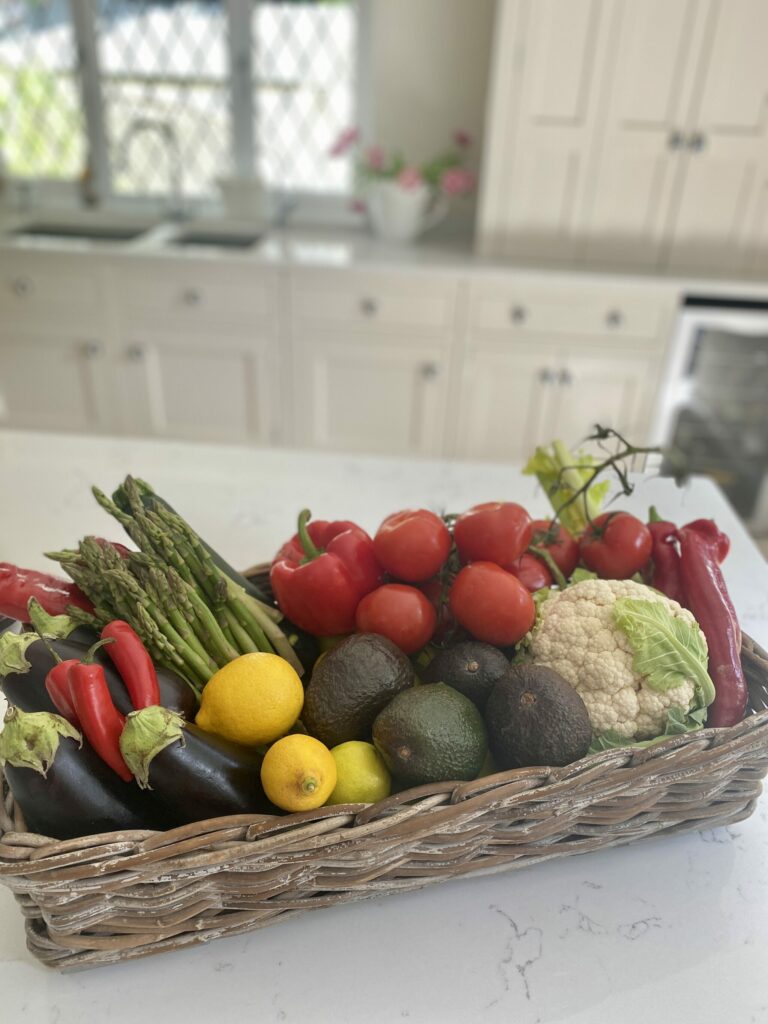
We’re often encouraged to eat an anti-inflammatory diet, but it’s not always clear why. When we hear the word inflammation, it can be alarming. However, it helps to understand that Inflammation is a natural response by the body to protect itself from harm, for example during infections or as a reaction to injuries. In other words, this inflammation is a short-term and beneficial response to heal wounds or fight infections and is described as “acute” inflammation. When the body is in a prolonged and persistent state of inflammation, where the body’s immune system is constantly activated, even in the absence of an infection or acute injury, this is described as chronic inflammation.
Chronic inflammation is harmful to your health because it keeps your immune system in a constant state of activation, which can damage healthy tissues and organs over time. This can lead to health issues like arthritis, heart disease and diabetes.
Fortunately, your diet plays a powerful role in managing and reducing inflammation. By including anti-inflammatory foods in your daily meals, you can help ensure inflammation is kept under control.
Here’s a comprehensive guide on how to eat to reduce inflammation, including food groups to focus on, specific foods as well as some recipe ideas to inspire you to eat more anti-inflammatory overall.
Key Food Groups for an Anti-inflammatory Diet
1. Fruits and Vegetables

Rich in antioxidants, vitamins, and fibre, fruits and vegetables are your best defence against inflammation. Aim to fill half your plate with different vegetables, making sure there is plenty of colourful variety.
- Best choices: Berries (blueberries, strawberries), leafy greens (spinach, kale), cruciferous vegetables (broccoli, cauliflower), and citrus fruits (oranges, lemons).
- Why they work: These foods are high in compounds like anthocyanins and flavonoids, which fight oxidative stress and inflammation.
2. Whole Grains
Whole grains like quinoa, oats and brown rice are rich in fibre, which supports gut health and reduces markers of inflammation.
- Best choices: oats, especially steel-cut, wholegrain bread and grains like barley, spelt and rye.
- Why they work: They help maintain stable blood sugar levels, reducing spikes that may contribute to inflammation.
3. Healthy Fats
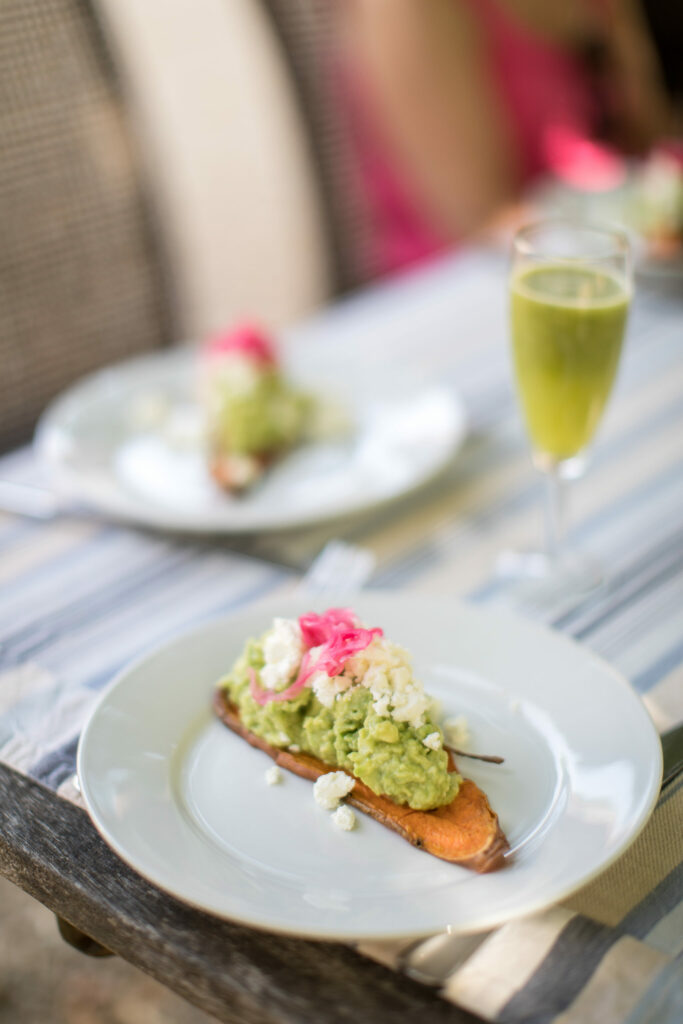
Omega-3 fatty acids, found in fatty fish, nuts and seeds are potent anti-inflammatory agents
- Best choices: Salmon, walnuts, avocado, chia seeds and flaxseeds.
- Why they work: Omega-3s balance the effect of eating inflammatory foods, including omega-6 fatty acids, commonly found in processed foods.
4. Legumes and Plant-Based Proteins
Beans, lentils, and chickpeas are excellent sources of plant-based protein and fibre.
- Best choices: Black beans, red lentils, chickpeas and edamame.
- Why they work: They provide slow-releasing carbohydrates, stabilise blood sugar and provide essential nutrients like magnesium and iron, allowing the body’s processes to take place efficiently.
5. Herbs and Spices
Incorporating anti-inflammatory spices not only provides flavour but can also boost the healing power of your meals.
- Best choices: Turmeric (with black pepper for better absorption), ginger, garlic and cinnamon.
- Why they work: These spices contain bioactive compounds like curcumin and gingerol, which actively reduce inflammation.
6. Healthy Beverages
What you drink matters just as much as what you eat.
- Best choices: Green tea as well as herbal teas.
- Why they work: Green tea is packed with polyphenols, which are powerful antioxidants.
Pro-inflammatory Foods to reduce
While focusing on anti-inflammatory foods, it’s equally important to reduce or eliminate foods that promote inflammation:
- Refined carbohydrates: White bread, pastries and sugary snacks.
- Processed foods: Chips, frozen dinners and fast food.
- Sugary drinks: Sodas and energy drinks.
- Trans fats: Found in margarine and fried foods.
- Excessive alcohol: Aim to avoid or drink in moderation.
Recipe Ideas to include as part of an Anti-inflammatory Diet
Easy Asian Baked Salmon
This is one of the easiest Asian salmon recipes; capturing fragrant, pungent flavours in an easy, versatile paste.
Red Lentil and Veggie Soup
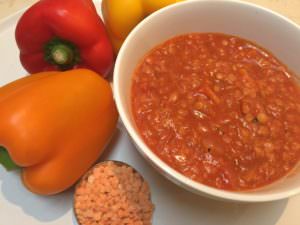
Spicy Red Lentil and Tomato Soup
This hearty soup is both nutritious and soothing; as part of an anti-inflammatory diet.
The Bottom Line
Ensuring an anti-inflammatory diet is not about deprivation but embracing nourishing, whole foods that support your health. By including these food groups and specific ingredients in your meals, you can control inflammation, promote your overall wellbeing, and reduce the risk of developing diseases like diabetes and arthritis. That’s important!
Start small; add a handful of berries to your breakfast or swap a fizzy drink for water or green tea. Building on these small changes will result in significant health benefits over time.
The Collagen Supplement to include alongside an Anti-Inflammatory Diet
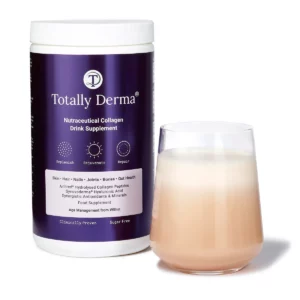 Totally Derma Collagen Supplement can be a valuable addition to an anti-inflammatory diet because it supports tissue repair, joint health, and gut healing, all of which are critical for reducing inflammation. Its hydrolysed collagen provides amino acids like glycine and proline, which help repair damaged tissues and strengthen the gut lining, which in turn reduces inflammation in the body. In addition, Totally Derma includes hyaluronic acid, which improves joint lubrication and alleviates stiffness, while its ability to boost skin elasticity helps counter the ageing effects of inflammation. Combined with an anti-inflammatory diet rich in whole foods like leafy greens, fatty fish, and berries, Totally Derma enhances the body’s natural healing processes for optimal health and wellbeing.
Totally Derma Collagen Supplement can be a valuable addition to an anti-inflammatory diet because it supports tissue repair, joint health, and gut healing, all of which are critical for reducing inflammation. Its hydrolysed collagen provides amino acids like glycine and proline, which help repair damaged tissues and strengthen the gut lining, which in turn reduces inflammation in the body. In addition, Totally Derma includes hyaluronic acid, which improves joint lubrication and alleviates stiffness, while its ability to boost skin elasticity helps counter the ageing effects of inflammation. Combined with an anti-inflammatory diet rich in whole foods like leafy greens, fatty fish, and berries, Totally Derma enhances the body’s natural healing processes for optimal health and wellbeing.
To purchase at a discounted price, Use “MAY15” for 15% discount on 90 day supply via THIS LINK


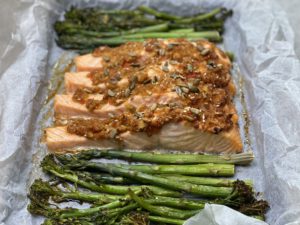
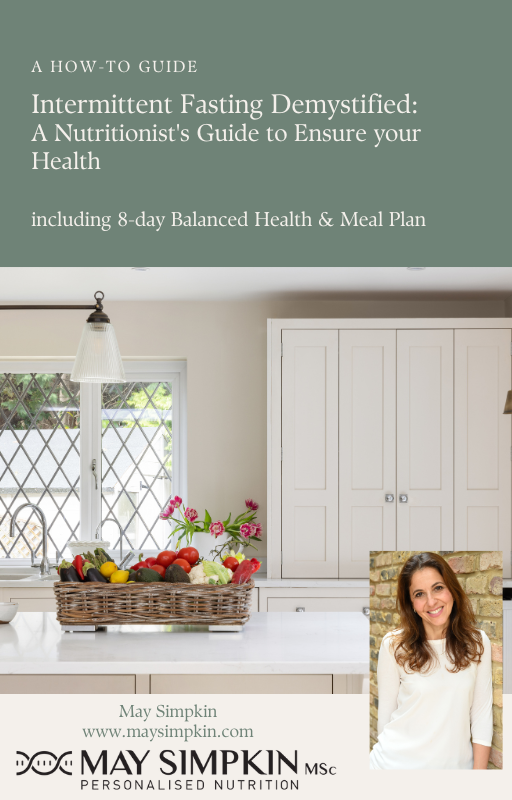
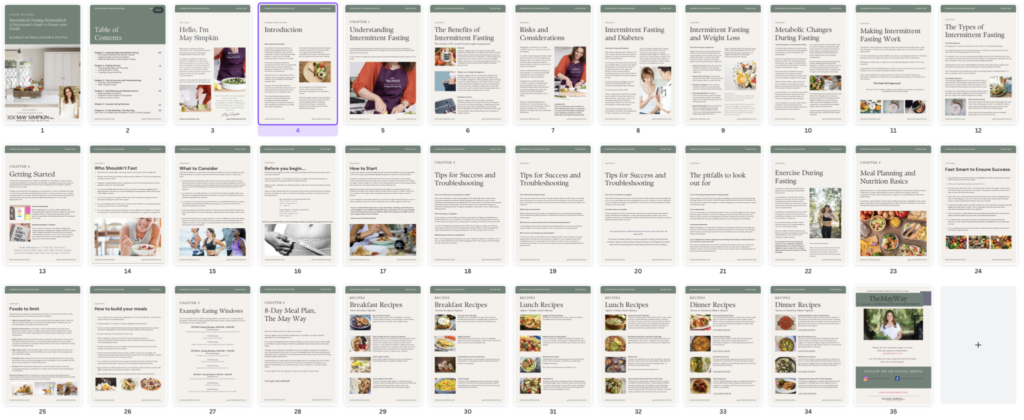

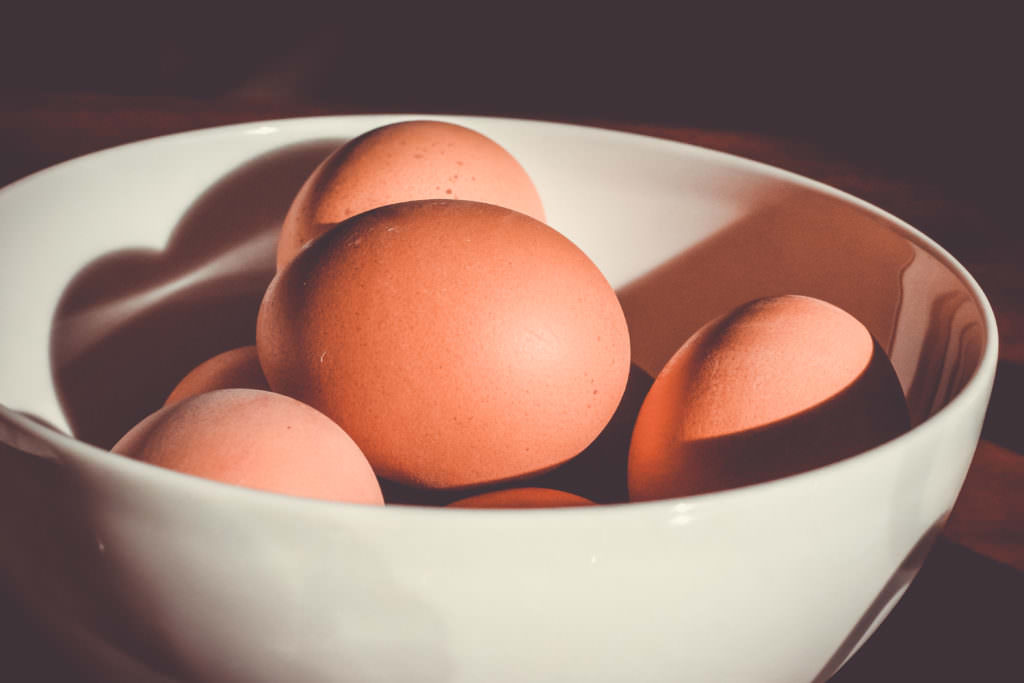
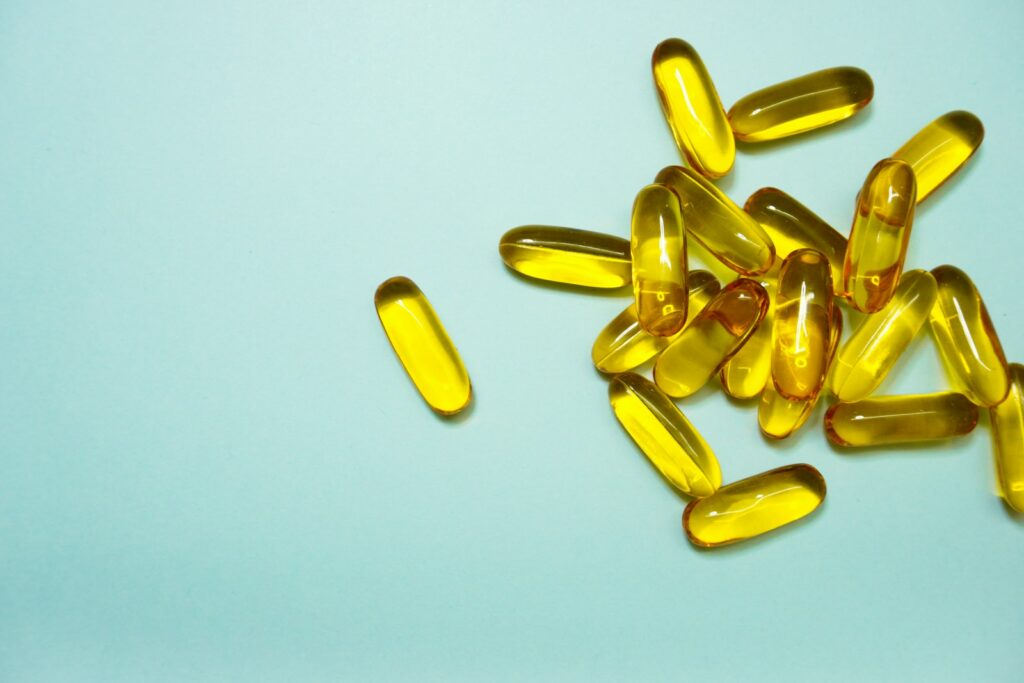
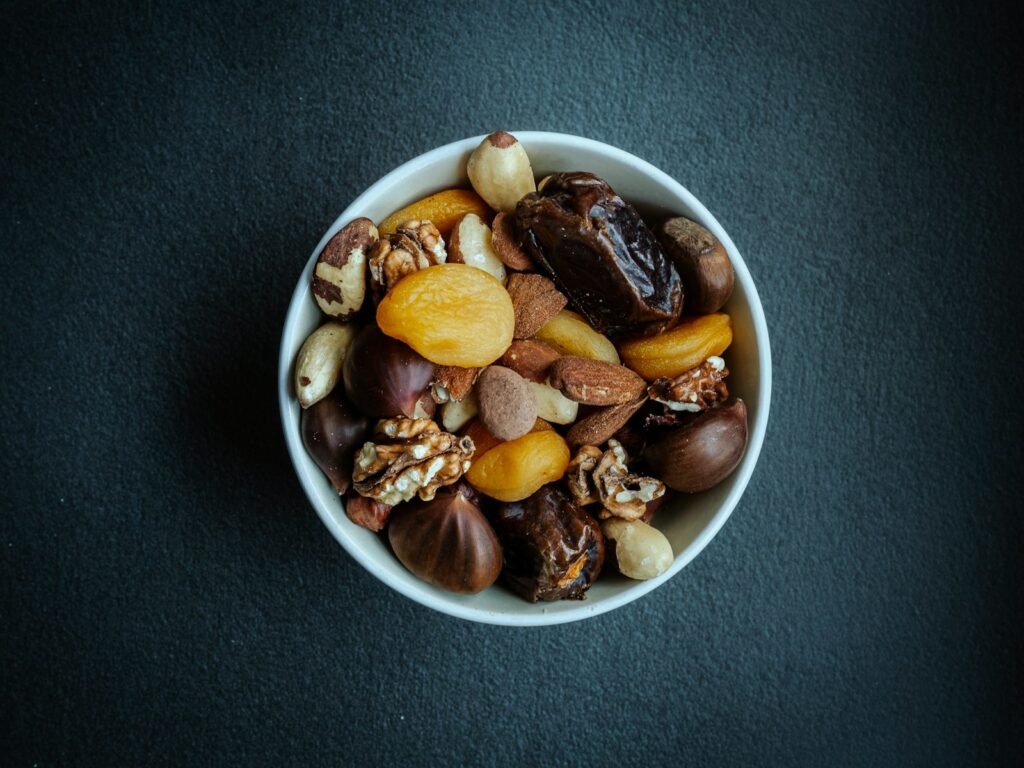
0 Comments